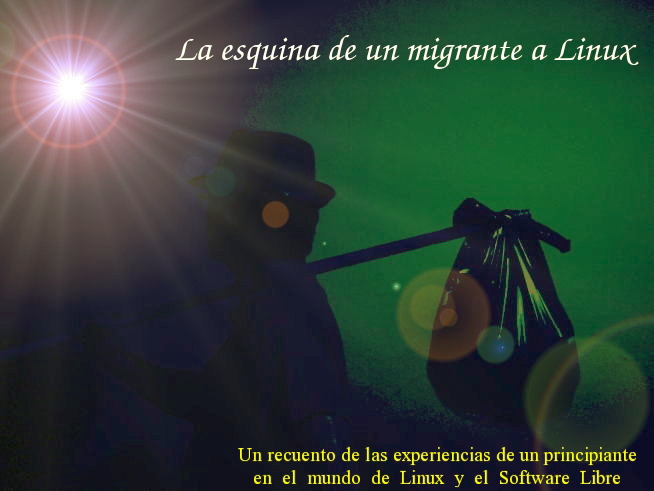Some people try Linux and experience frustration because they just pick
any distribution, mainly that one with releases named after African fauna, without any kind of previous consultation.
Who are they supposed to consult with anyway?
The answer is simple...consult with the stars! Use the zodiac to choose the distro that best fits your sign!
Oh...but there's a problem: zodiac signs have moved a month already, so we need to update our horoscopes first!
Unfortunately, updating the horoscope won't be as simple as opening a terminal and running a few commands or doing it through a GUI like Synaptic. An individual will take much longer to accept, for example, that if he or she was born on July 24, his/her current sign is not Leo but Cancer. Running "apt-get upgrade" won't help this time.
In this light, here's a chart of the updated zodiac signs with a list of Linux distributions (mostly...there's also BSD) matching them for us to check if our Distro fits our sign.
What were the criteria for choosing those distros and not mainstream ones? Why not Ubuntu, Mint, Debian, and so on?
You know, stars don't lie...if this works for little-known distributions, it will be clear that it also does for more popular ones!
Well--not really. Since I had some free time today (you know, no A/V scans, no defrags, no codec or driver hunts, no rebooting on Linux), I just decided to pick distros that for the most part get very little press. Also, instead of looking at the stars to pick them, I just chose them according to their logo! (I know...I'm a fraud as a mentalist!:P)
So, here we go! Remember, this is the updated version of the zodiac:
 1. Capricorn: Jan. 20 – Feb. 16 ("Goat-horned" The Sea-Goat):
1. Capricorn: Jan. 20 – Feb. 16 ("Goat-horned" The Sea-Goat): Your Linux distro is
Poseidon. This Brazilian distro, based on Debian and Ubuntu will fit your academic and scientific needs.

2.Aquarius: Feb. 16 – March 11 (The Water Bearer): The stars think the best distro for you is
Mageia. Unfortunately, Mageia is not out yet, so you'll have to wait a little bit to have your own Linux. In the meantime, you may use any other distribution or shut down your PC until your distro is released. But don't worry! You won't have to wait much longer...Mageia is almost here!
 3. Pisces: March 11– April 18 (Fish):
3. Pisces: March 11– April 18 (Fish):. The stars say you don't quite use Linux, so your best OS is
OpenBSD. This Canadian multi-platform OS will cater for all your needs: portability, standardization, correctness, proactive security and integrated cryptography. Just for you, right? Do you believe the stars now?
 4. Aries: April 18 – May 13 (The ram):
4. Aries: April 18 – May 13 (The ram): For you, the best distro is without a doubt
ConnochaetOS. Yes, you know information that others ignore ("Connochaet" is the scientific name for GNU, for example). You like tradition and do not find wasting resources fun, so you try to use your old computers until they literally die. This Arch-based distro made in Germany will restore that old Pentium you have and will turn it into a new PC! Go for it and you won't be sorry!
 5.Taurus: May 13 – June 21 (The bull):
5.Taurus: May 13 – June 21 (The bull): Some people call you stubborn; others call you hard-headed...but that's actually your proactive nature and your strong will. The stars chose
Kongoni for you. This Slackware-based Linux distro from South Africa even compiles and installs programs from source code on your system. Can't beat that, huh?
 6. Gemini: June 21 – July 20 (the twins):
6. Gemini: June 21 – July 20 (the twins): They say you experience drastic mood changes and even become like a different individual. That's part of your intense flexibility actually. The best Linux distribution for you is
KNOPPIX of course! This distro has support for many graphics cards, sound cards, SCSI and USB devices and other peripherals. KNOPPIX can be used as a Linux demo, educational CD, rescue system, or adapted and used as a platform for commercial software product demos...who said "changes"? You WILL give them changes then!
For next time: From Cancer to Sagittarius






























